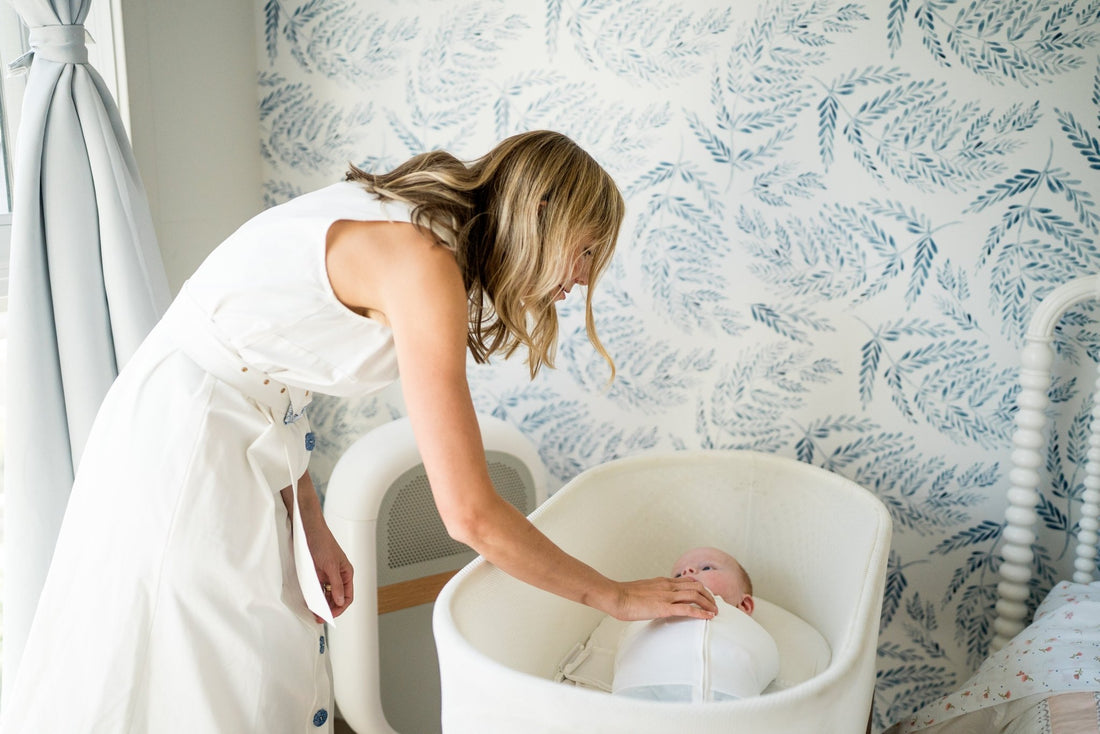Today, we're focusing on the importance of maintaining low levels of PM2.5 in your baby's environment and how it relates to their well-being, healthy growth, and development.
So what are PM2.5 particles?
Imagine something about 30 times smaller than the width of a human hair. almost invisible to the naked eye. These fine particles, measuring just 2.5 micrometers or less in diameter, can originate from various sources, including vehicle exhaust, pollution, viruses, wildfire and other smoke, and dust mites.
Because of their small size, PM2.5 particles are not only easily inhaled but can travel deep into our lungs, even crossing into the bloodstream, and an ever-growing body of research indicates that consistent PM2.5 exposure is associated with a variety of adverse health effects – particularly in vulnerable populations such as infants.
No need to take our word for it, here’s what a few reputable sources are saying:
"Children's lungs are especially sensitive to the harmful effects of air pollution."
"Air Pollution Puts Children at Higher Risk of Disease in Adulthood"
"Additional outcomes of concern include... neurodevelopmental disorders, IQ loss, pediatric cancers, and increased risks for adult chronic diseases."
"... studies have found an association between exposure to ambient particulate matter (PM) and neurobehavioral dysfunction"
"... improvements in air quality were associated with statistically and clinically significant positive effects on lung-function growth in children"
In 2021, faced with mounting evidence of the risks posed by PM2.5s, The World Health Organization (WHO) updated its air-quality guidelines, adjusting targets for annual average PM2.5 exposure downward by 50% -- setting target annual average PM2.5 exposure at 5 micrograms per cubic meter of air.
OK, I’m sold on keeping my baby’s air clean – how can I make sure that I’m hitting these standards?
Unfortunately, the air-purifier industry can make this far too difficult for parents to do, with challenges coming in several flavors, including:
- The meaning of a “green” air-quality reading (i.e., a light on the device, shown via the app) can vary widely based on the standards your device is using. And these standards are rarely shared transparently.
- At lower levels of PM2.5 (i.e., as we approach the WHO standards), a precision laser sensor is required to capture accurate readings. High-quality laser sensors are costly, leading many manufacturers try to sneak by with less accurate infrared sensors (we’re proud of Sereniby’s top-of-the-line laser sensor!).
- At the other end of the spectrum, some air-purifier brands/apps sharing too much data – much of which is either not particularly meaningful or is redundant with data already monitored by common in-home sensors (e.g., Carbon Monoxide).
To clean and monitor the air in your little one’s environment, we recommend using a high-quality air purifier with HEPA filtration (Sereniby uses custom-designed, medical-grade H14 HEPA filters). Further, whether Sereniby or another device, we also recommend ensuring you’re getting a top-quality laser PM2.5 sensor and that any dashboards on the device or app are configured to provide accurate, precise, and transparent PM2.5 (micrograms per cubic meter) readings.






